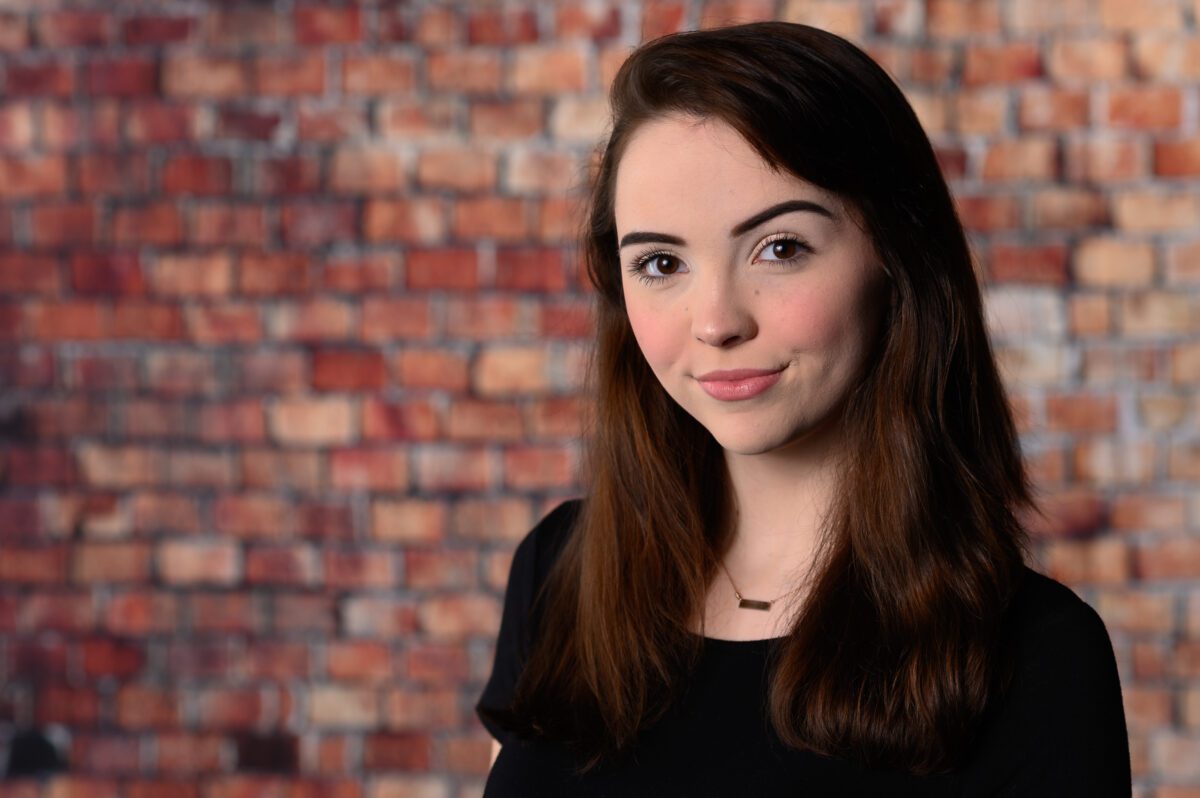If you don’t have a good headshot, you need one in today’s business world. For actors they need them for all the shows they are in. For the average person you need one as part of your resume, which many use LinkedIn as the way to deliver a resume.
I have steered away from picture backgrounds because they can look fake. However, recently more and more people want photos outside on location.

So while the traditional solid background works for inside portraits, outside portraits on weather-challenging days are challenging to do with your model.
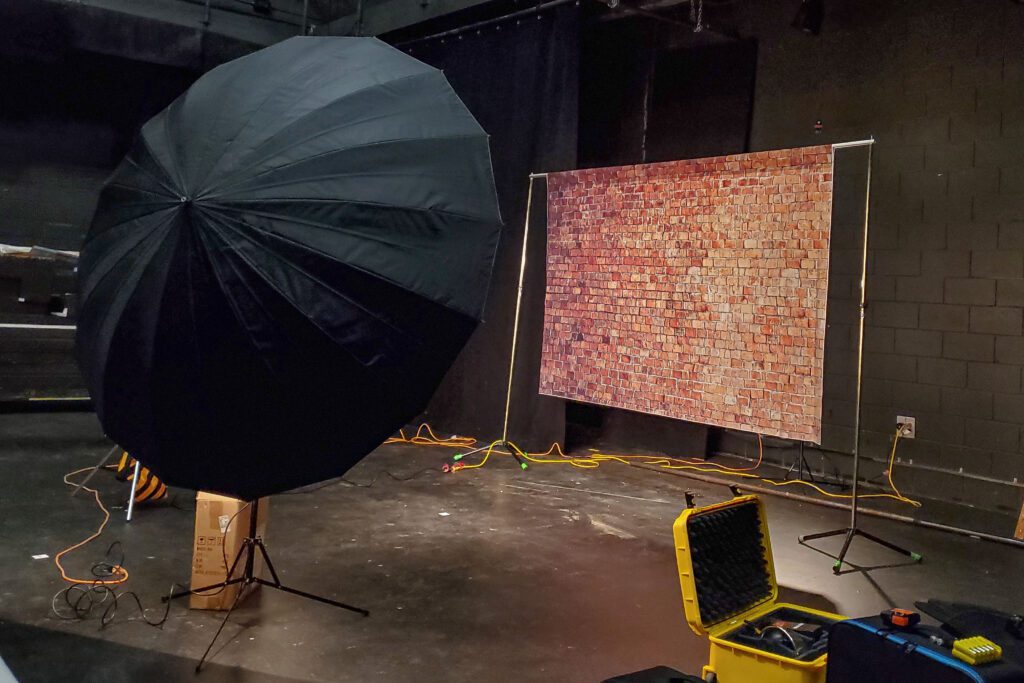
So this is the setup I used to do actor headshots at Columbus State University in Columbus, Georgia.
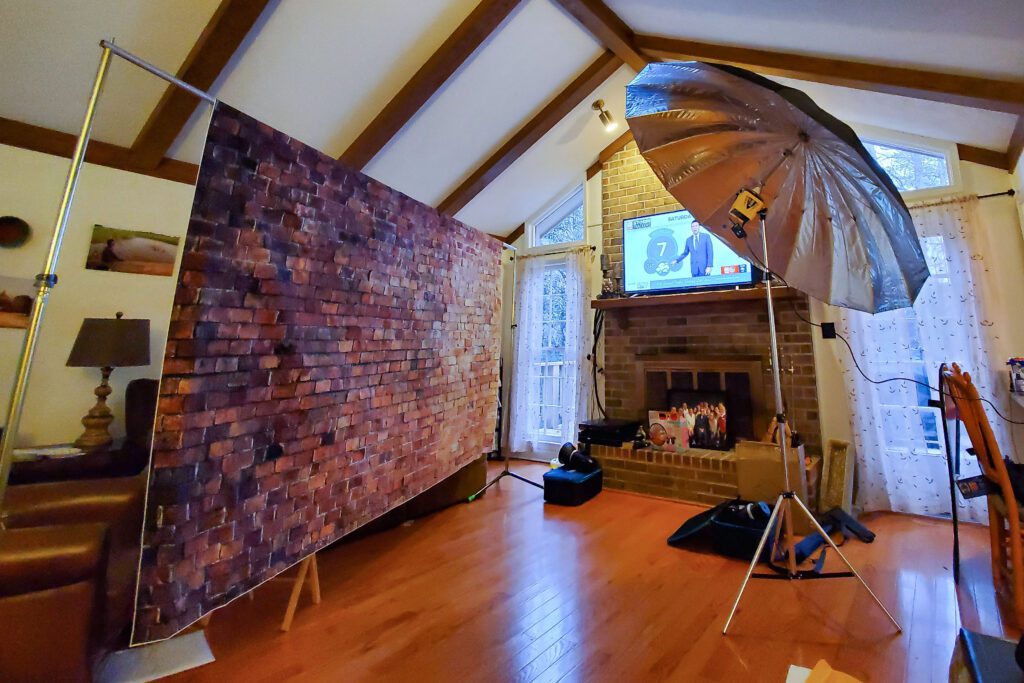
Before I shot the models with it on location, I did some testing in my house.
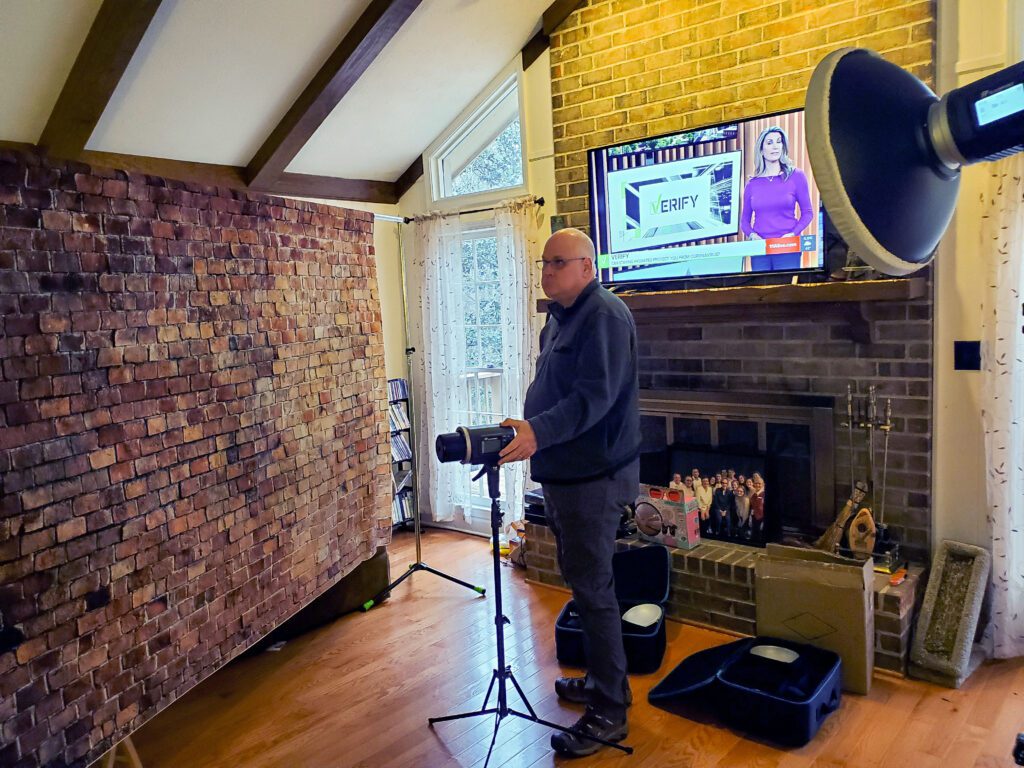
I tried a few lighting setups. I went with the Pall Buff 86” Soft Silver PLM™ Umbrella. It produces a steady, feathered falloff with very soft shadows.
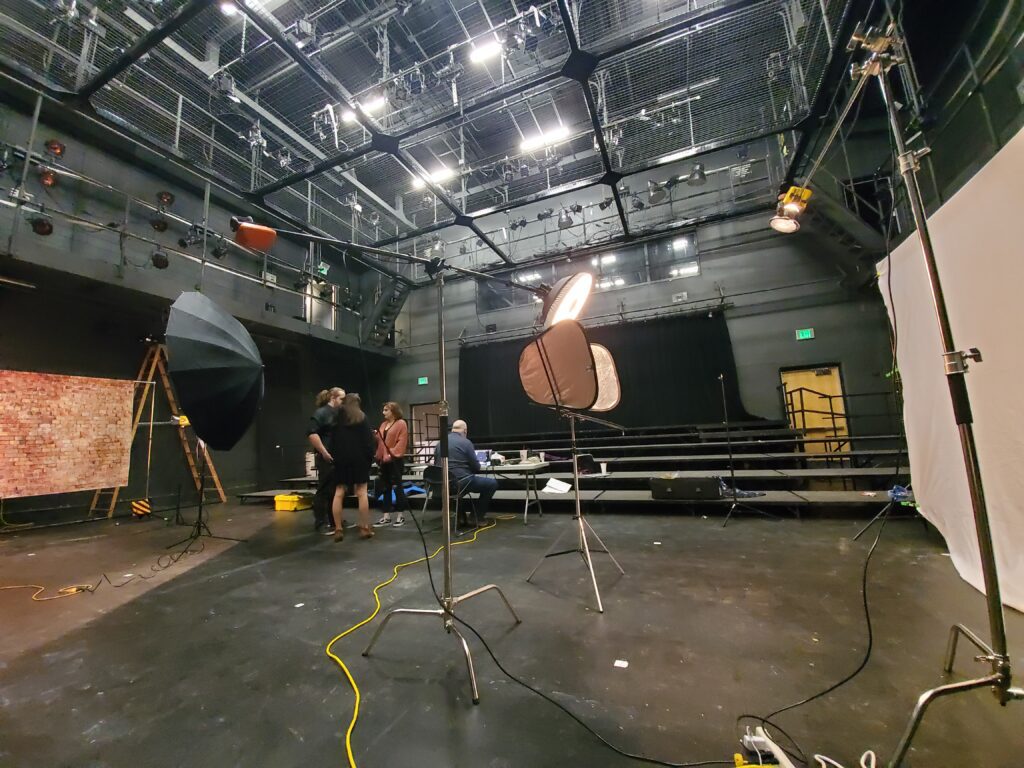
I had two setups. One with an extensive white muslin background that I could make grey or white depending on the light I put on the background.
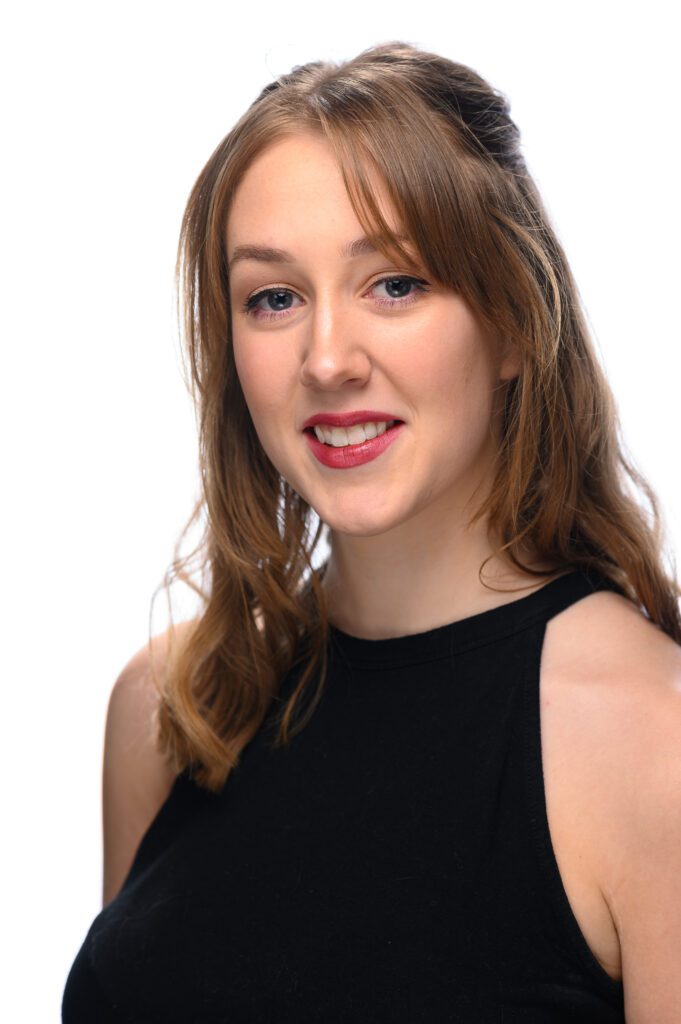
My wife took a video when I was shooting my daughter in the brick background.
Here are some of those photos:
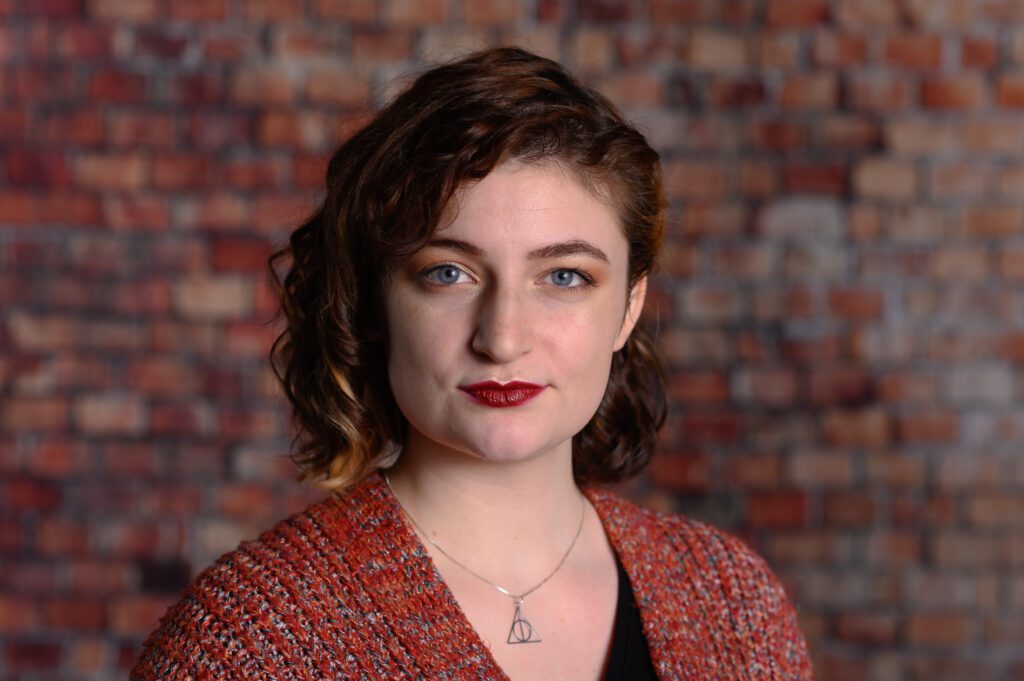
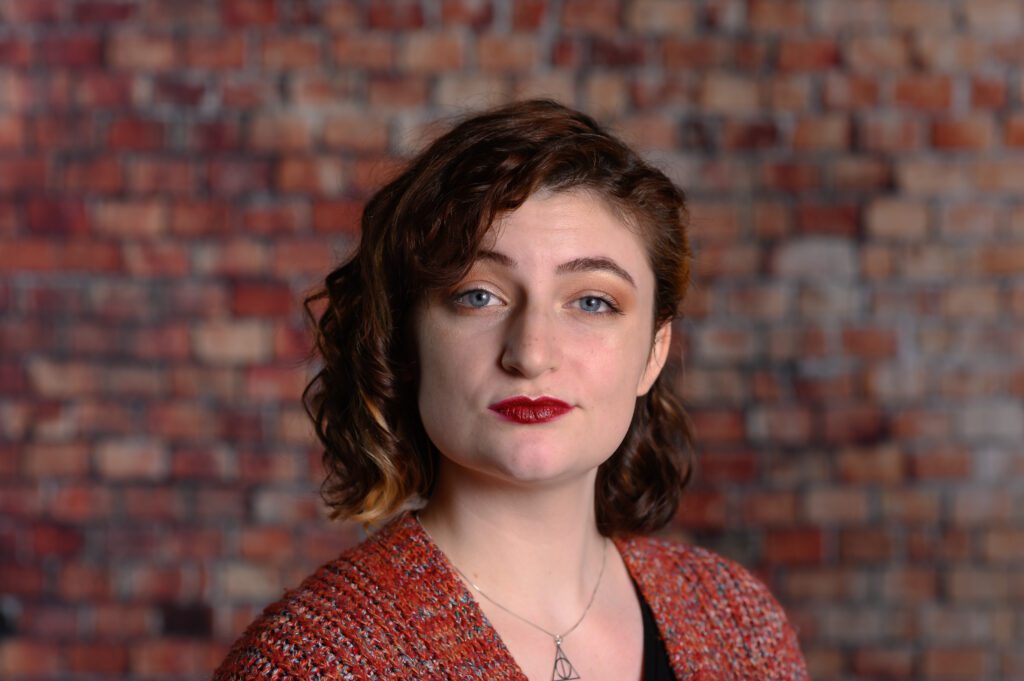
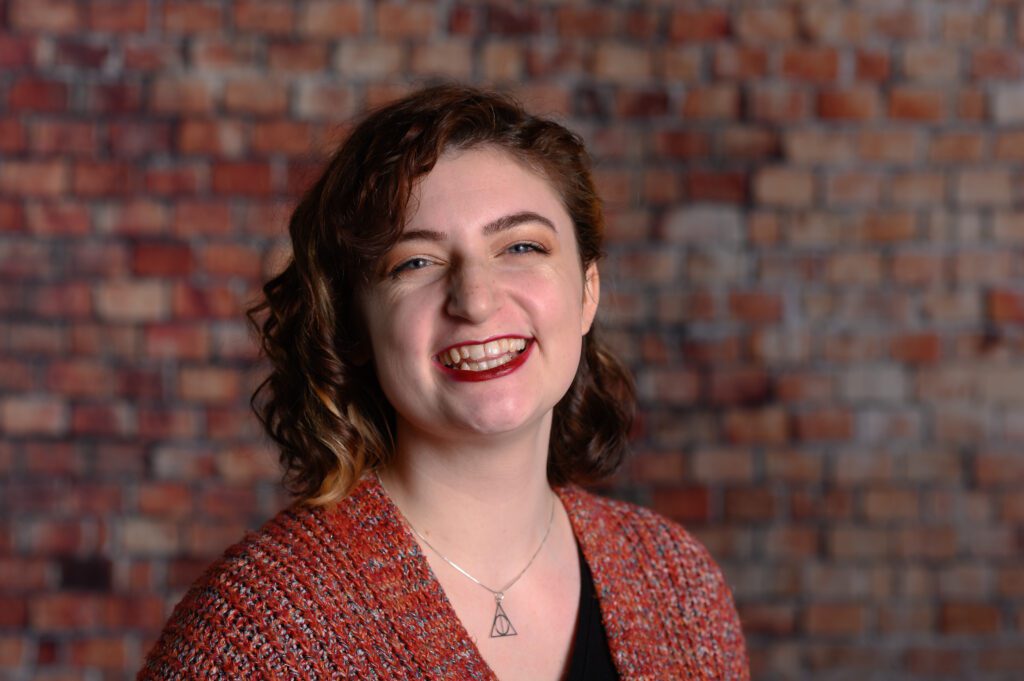
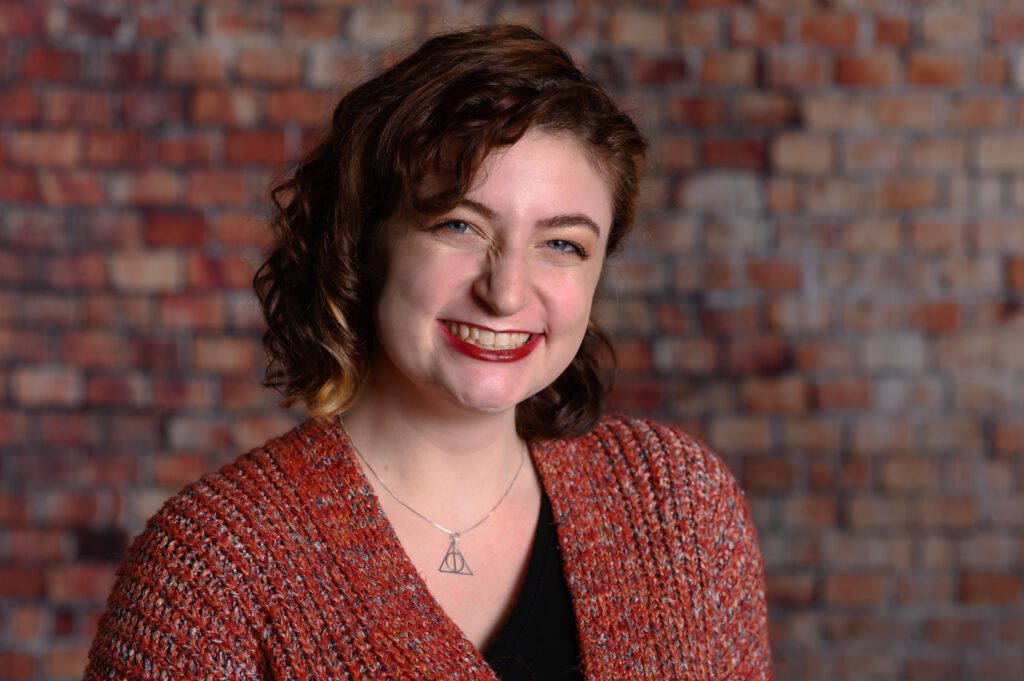
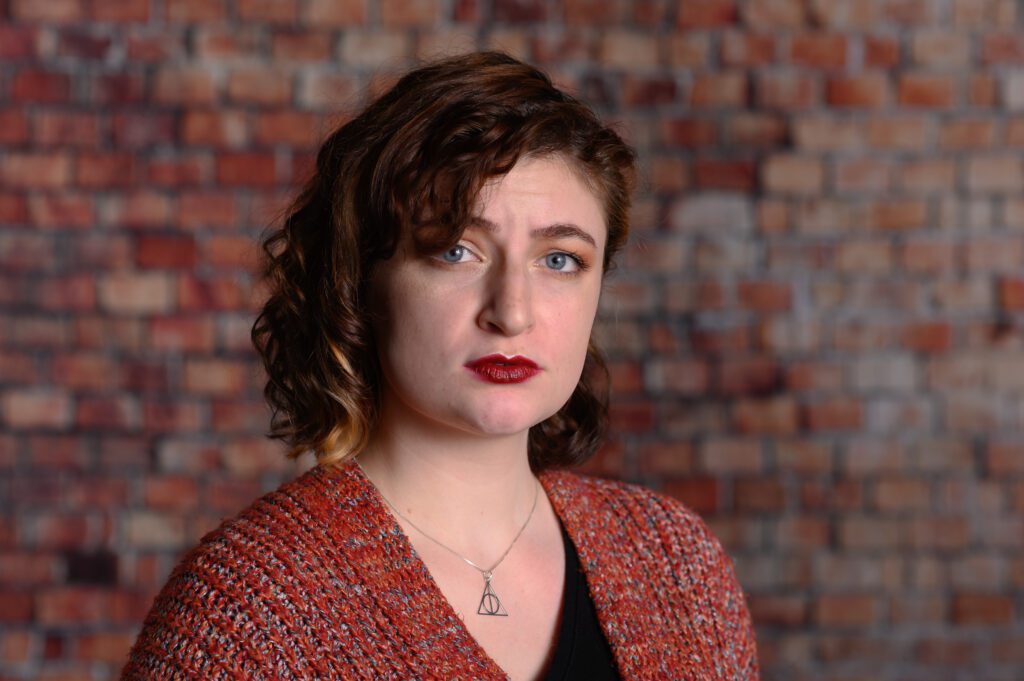
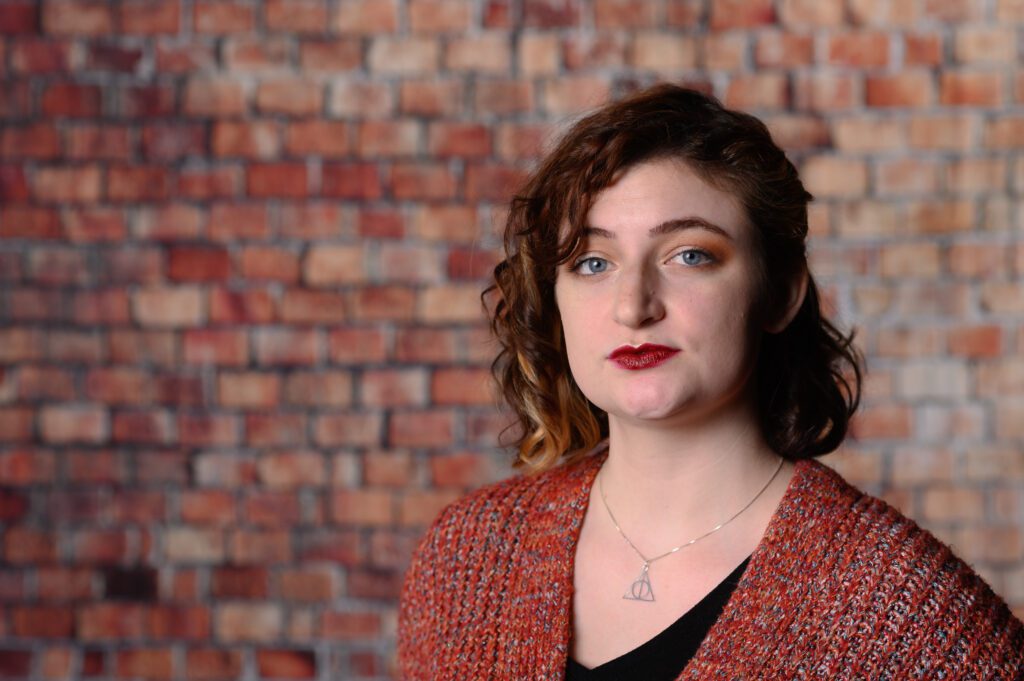

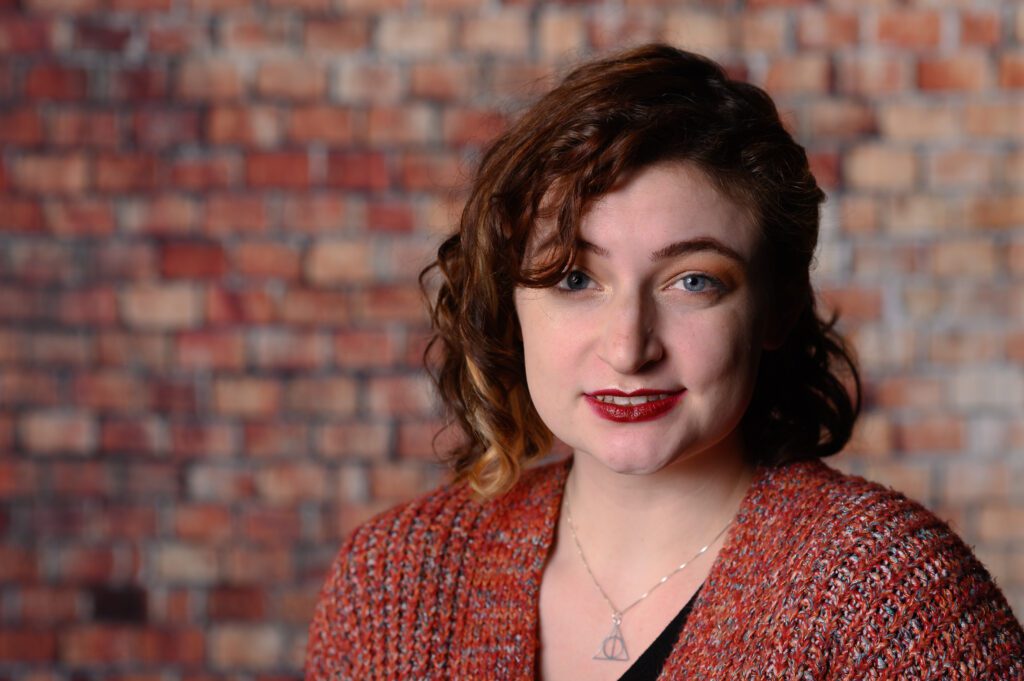
I did less coaching with Chelle since she had done this many times before and needed no real direction. For others doing this for the first time, I did more instruction.
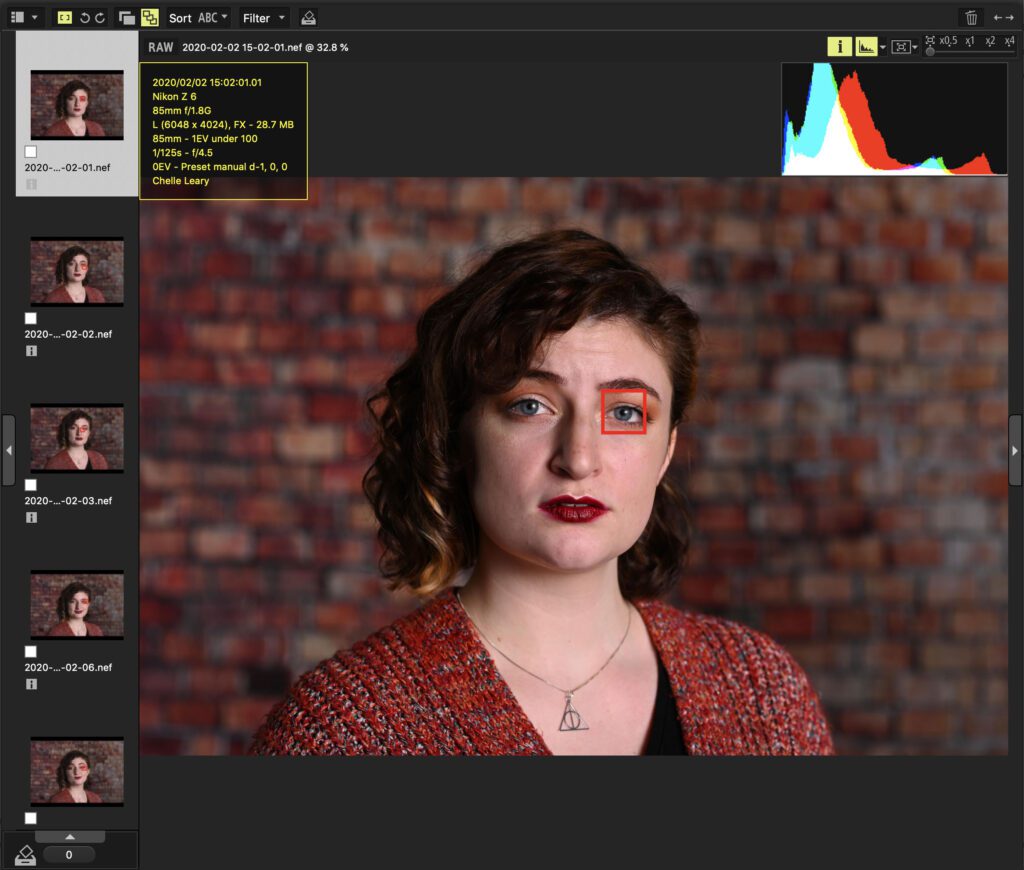
I shot with my Nikon Z6 with the focus setting on AF-S and Auto Area with the AF face/eye detection turned on. Using the Nikon ViewNX-i software will let you see where you were focused when the photo was taken, as you can see here. This is great for troubleshooting your focus.
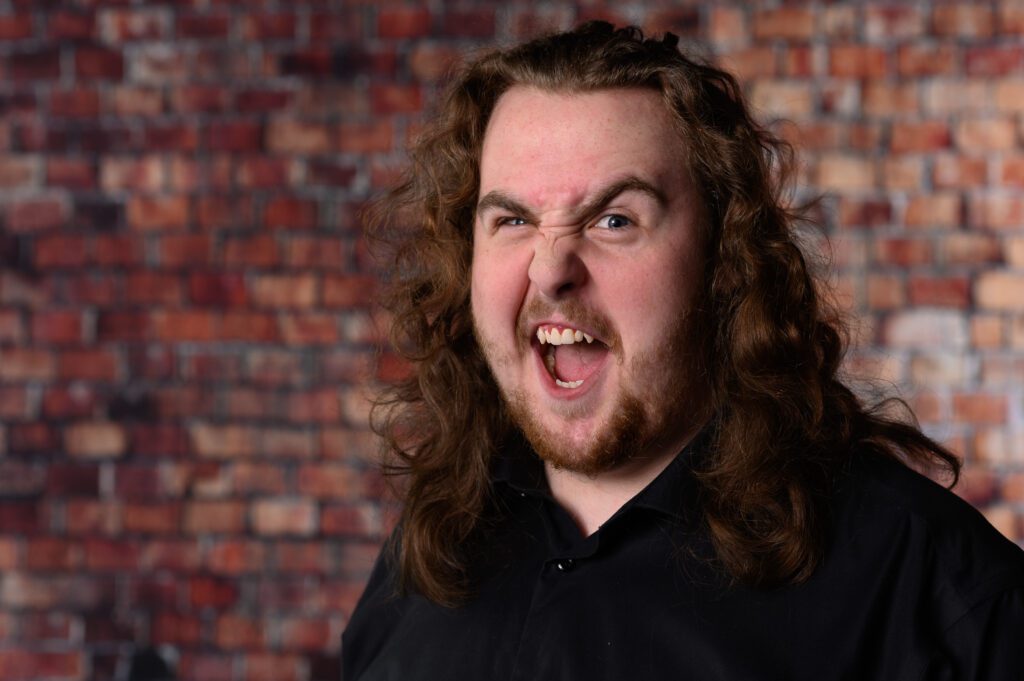
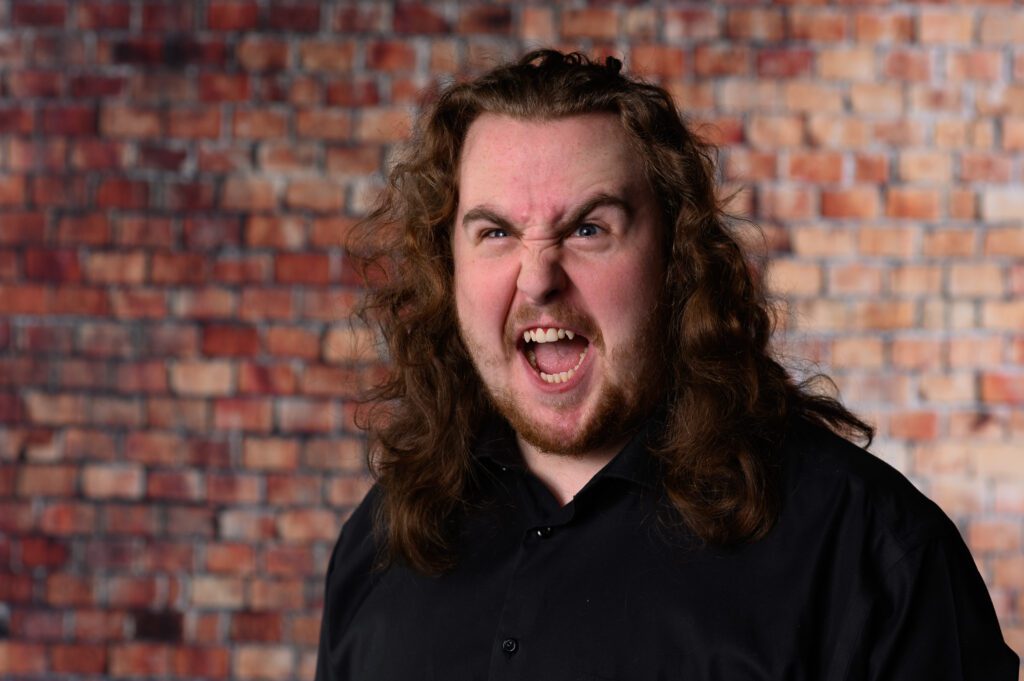
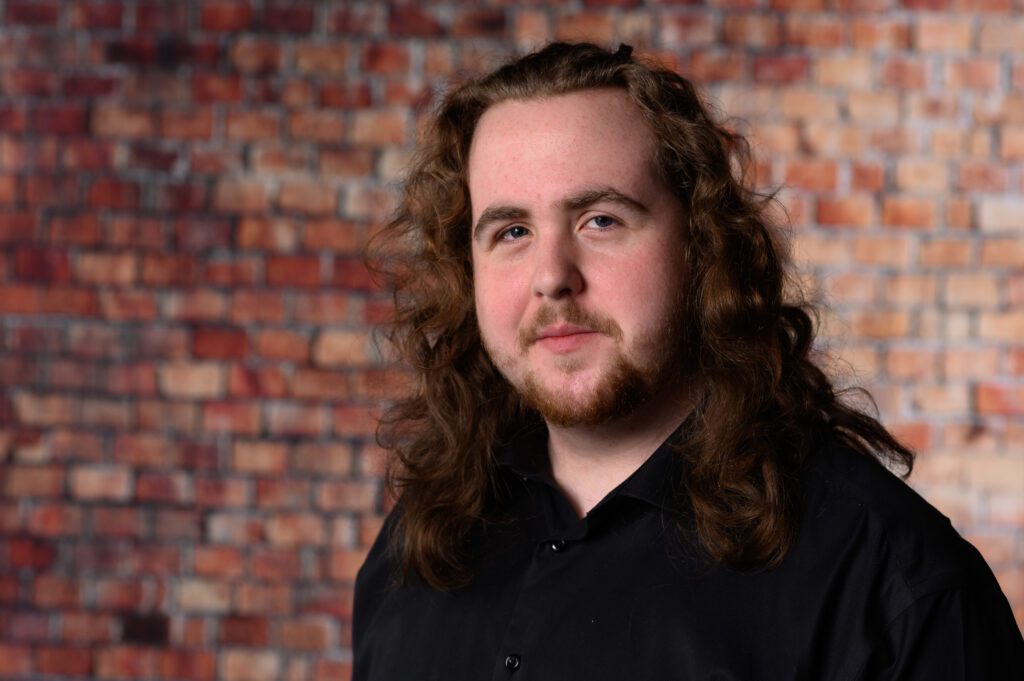
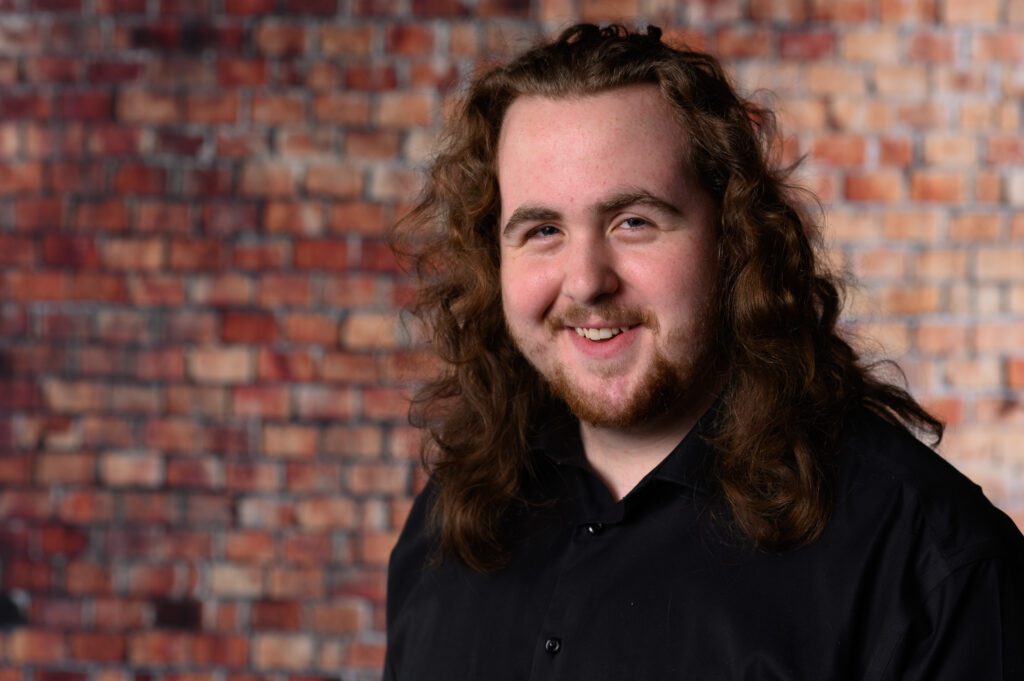
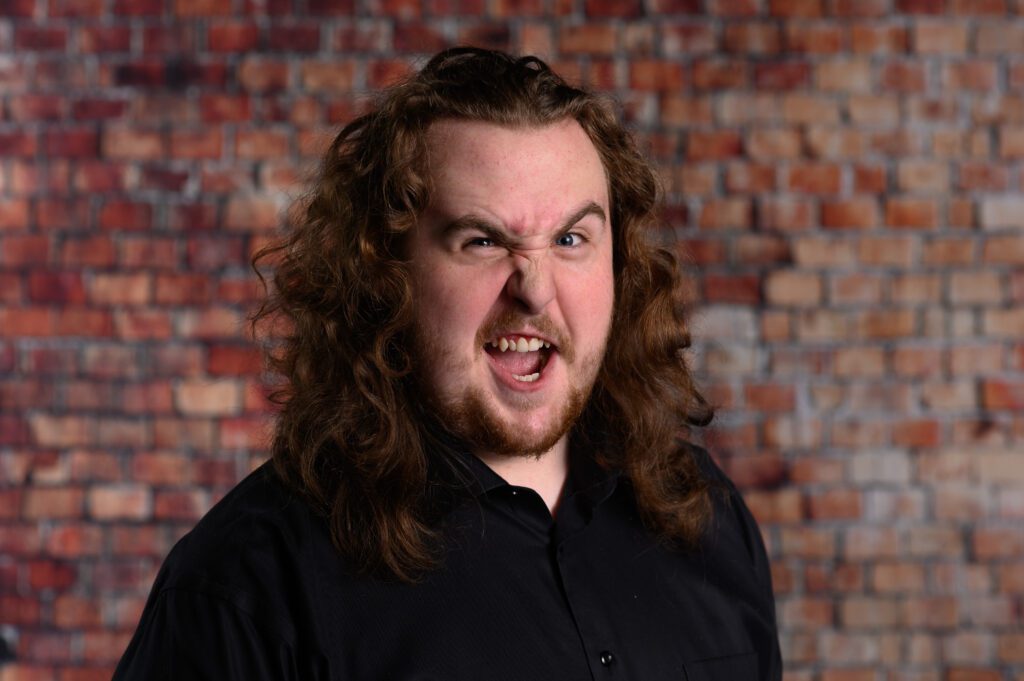
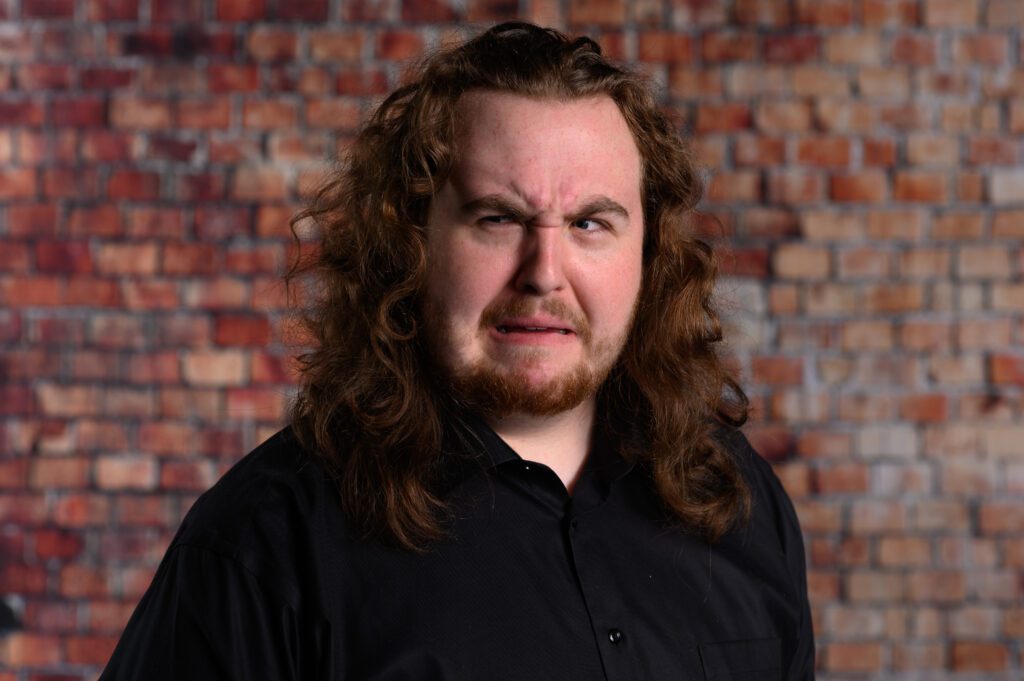
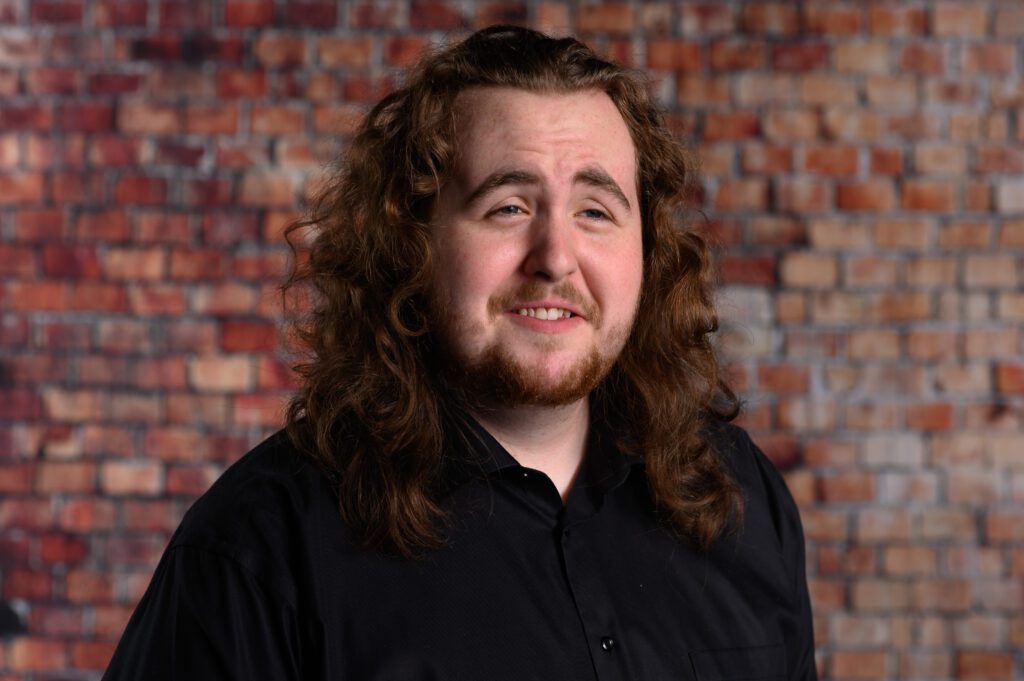
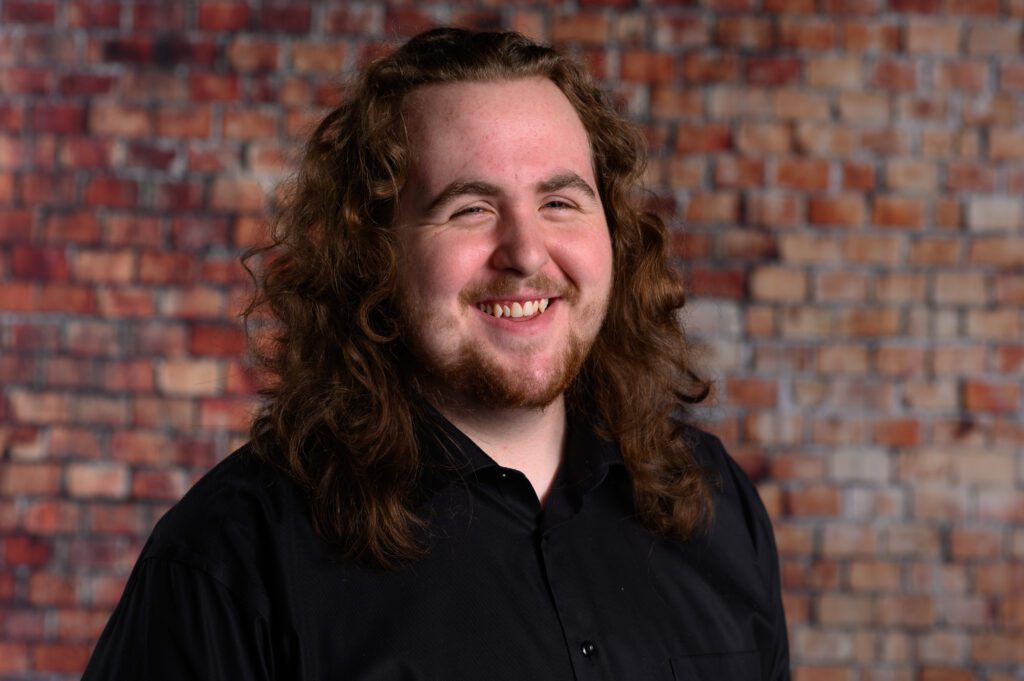
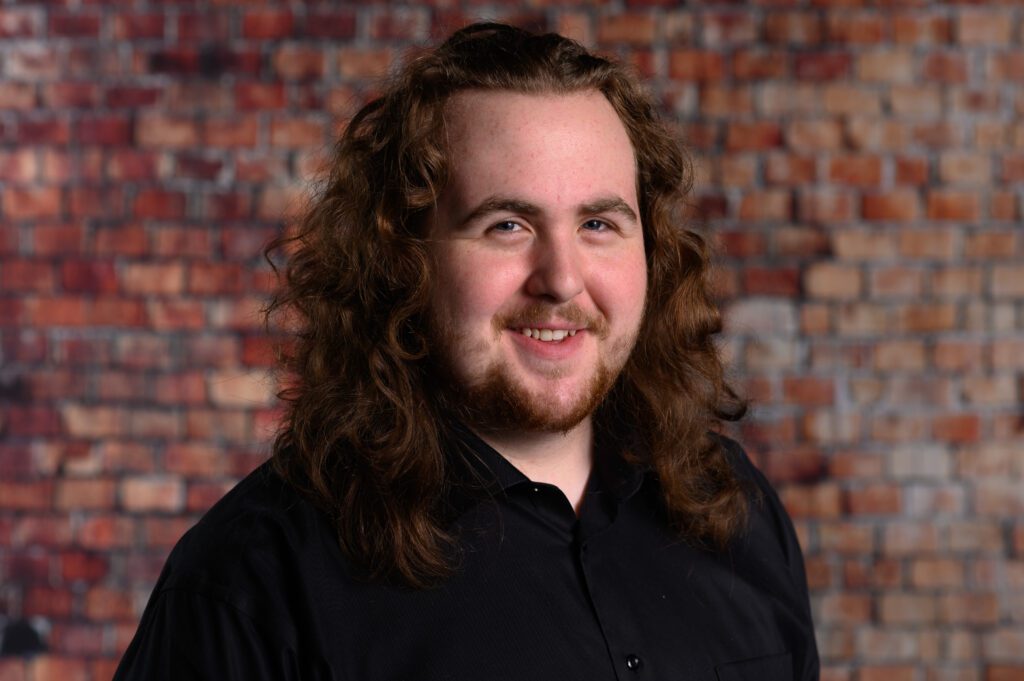
I find that actors/models love the freedom to try new expressions and experiment.
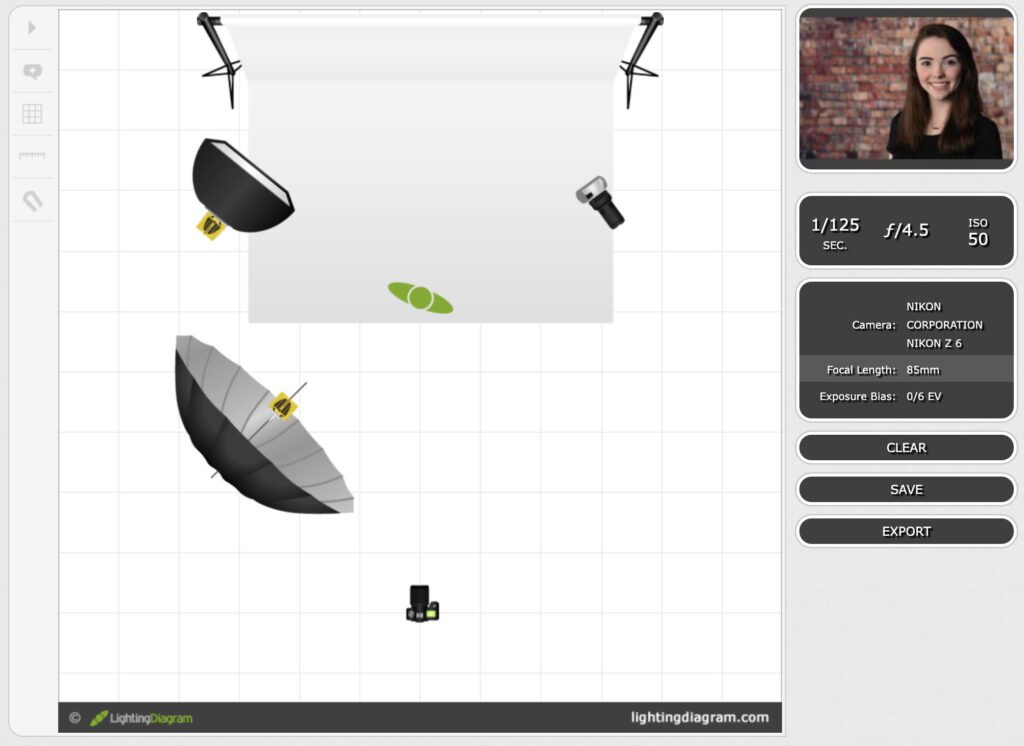
This was the setup I finally used after experimenting.

